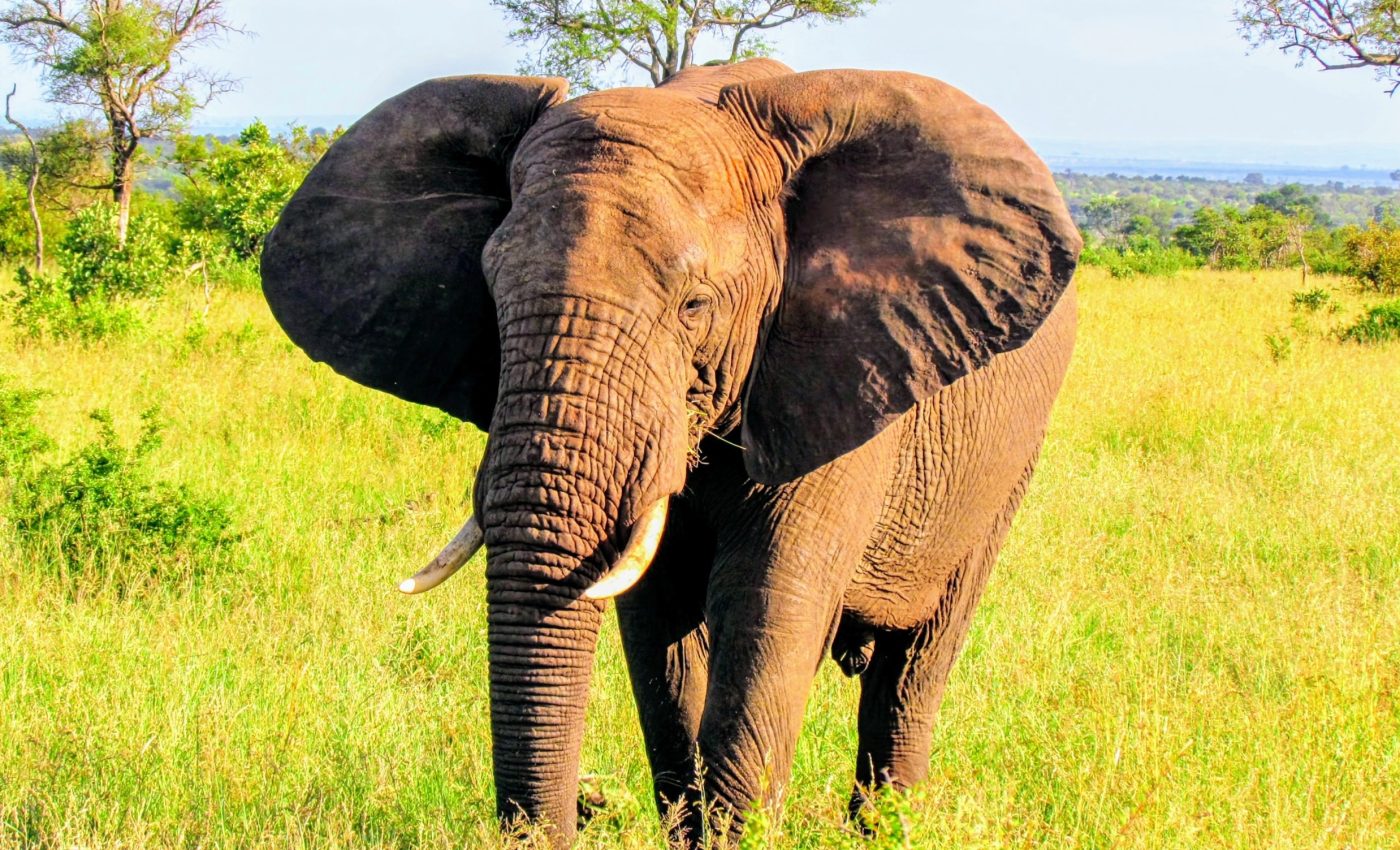
African elephants have drastically declined in the last 50 years
African elephants are majestic creatures that have roamed the Earth for thousands of years. However, the past few decades have not been kind to these gentle giants. Recent findings revealed a drastic drop in African elephants population over a vast span of 53 years due to habitat loss and poaching.
Turning point for elephants
The substantial study on elephants and their habitats incorporated population survey data from 1964 to 2016. The data collated survey results from a whopping 475 sites across 37 countries – the most all-encompassing assessment of African elephants ever done.
The conclusions were grim: forest elephant numbers decreased by an astonishing 90% while savanna elephant populations fell by an average of 70%. Perhaps most shocking of all, the combined elephant population plunged by 77% on average.
Conservation wins
But, it isn’t all doom and gloom. The study also showcased a silver lining amidst the crisis. Not all populations were lost. Some even flourished, offering valuable lessons for future conservation efforts.
This study was led by George Wittemyer, a professor at Colorado State University, who doubles as the chair of the scientific board of Save the Elephants.
“The context and the solutions at different sites can be quite different, but there are examples where people are effectively managing and protecting these populations,” Wittemyer said.
“It helps to have a contextually relevant model for elephant conservation, and we’ve got that in a lot of different places.”
Elephant density
The study used a different approach. Instead of counting the raw numbers of elephants, the researchers analyzed elephant density in their habitats.
This was mainly due to the inconsistency in survey areas over time at majority of the sites. The results showed a clear trend towards smaller populations.
“This paper shows the scale of the declines and how widespread they are across the continent,” said Wittemyer.
He said the research underscores how even creatures as prominent and conspicuous as elephants can rapidly vanish into thin air.
The challenge of counting elephants
Counting elephants in their habitats may seem like a simple task: they’re big, right? But the reality is far from it. It’s a challenging and resource-intensive process.
For instance, the spotters have to count savanna elephants from an airplane, while forest elephants need to be counted on foot.
Can we use drones to count elephants? That’s not an option either. They lack the required battery life to cover the necessary long flights over remote areas. Also, processing drone imagery consumes a lot of resources.
Africa is huge – over three times the size of the United States – and each African country has individual wildlife management policies and political systems. Some places carry out regular surveys, while others don’t.
The authors of the study had to use places with solid information to estimate population changes for nearby regions with less data.
Elephants and their habitats
“The strength of our approach is that we were able to infer these trends, even in places where the data were extremely poor, in a way that allowed the results from each survey site to be compared,” said co-author Charles Edwards, a research scientist with CEscape consultancy services.
“Understanding how and where trends are different across the range of a species is arguably more important for their conservation than an overall change in abundance, which may only reflect change in the largest populations.”
Elephant decline across regions
The study also looked at how the elephants fared by species and region. In the Sahel region of northern Africa, which has been ravaged by warfare, the elephant populations have been nearly wiped out.
Eastern and central Africa also experienced declines due to ivory poaching and encroachment of human habitats pushing out the elephants.
However, some places in southern Africa, especially Botswana, offered rays of hope where the elephants are thriving. These populations have been well-protected and managed sustainably.
Preserving elephants and their habitats
Wittemyer underlined the broader story of decline but emphasized the need to focus on ensuring the long-term stability of elephant species. He noted that this could be achievable in several places, although unfortunately not everywhere.
The study titled “Survey based inference of continental African elephant decline,” also included Kathleen Gobush (University of Washington), Fiona Maisels (Wildlife Conservation Society and University of Stirling), Dave Balfour (Nelson Mandela University), and Russell Taylor (WWF Namibia) as co-authors.
The study’s extensive assessment of African elephants’ plight offers crucial insights for management decisions like prioritizing funding and resources to best protect habitats of these magnificent animals.
The study is published in the journal Proceedings of the National Academy of Sciences.
—–
Like what you read? Subscribe to our newsletter for engaging articles, exclusive content, and the latest updates.
Check us out on EarthSnap, a free app brought to you by Eric Ralls and Earth.com.
—–













